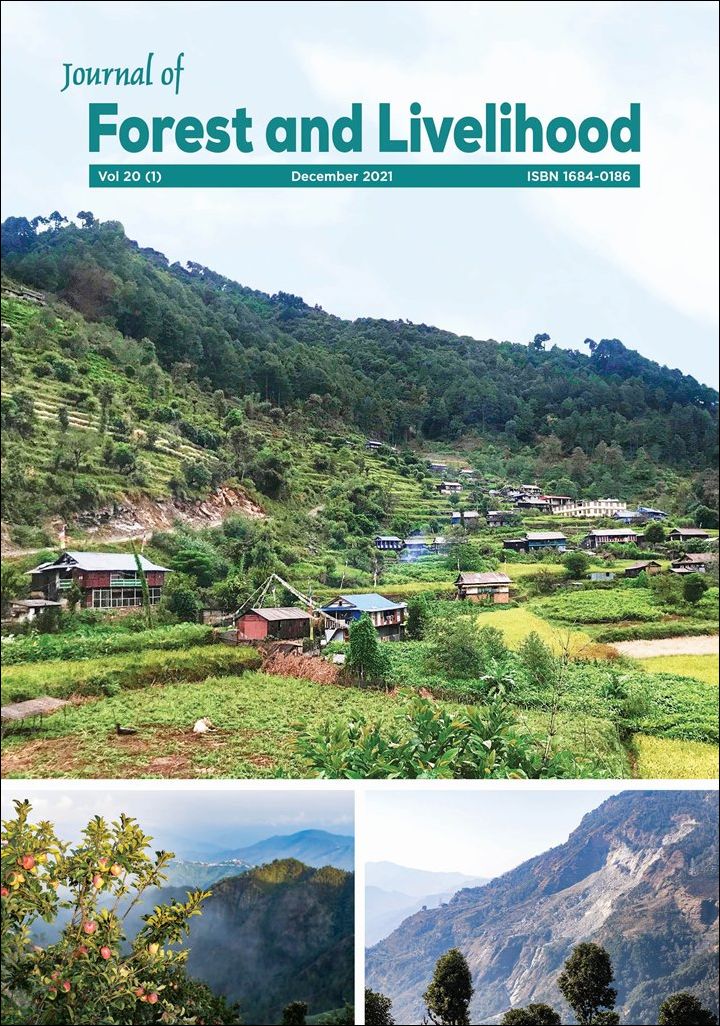Climate Change Impacts and Adaptation Strategies in Trans-Himalaya Region of Nepal
DOI:
https://doi.org/10.3126/jfl.v20i1.59631Keywords:
Adaptation measures, impacts, livelihood, mountains, policiesAbstract
Nepal is ranked as one of the highly climate vulnerable nations in the present global climate scenario. Multiple studies have been done across the regions, yet there lacks a detailed study on the impacts of climate change and adaptation practices in mountainous areas such as Mustang region of Nepal. In this context, we aim to examine the impacts of climate change experienced locally and adaptation practices adopted in Muktinath valley of Mustang District, Nepal. A mixed-method approach was employed in gathering qualitative and quantitative data. The household surveys (N=60) were done using a simple random sampling followed by Key Informant Interviews (N=10) and Focus Group Discussions (N=2). The analysis of overall trend of mean annual maximum, minimum and average temperatures from 1985 to 2016 depicted an increment by 0.06℃/yr, 0.0369℃/yr and 0.0217℃/yr respectively. Agriculture, water resources, Non-Timber Forest Products and human health were extremely impacted due to the changing climate. Moreover, several natural hazards like landslide, avalanche, spread of invasive species, and increase in number of pests and flies were
experienced. Construction of artificial pond, pest and weed control, change in plantation and harvesting time, and change in cropping pattern were the major adaptation practices adopted by the local people. Similarly, lack of technical and financial resources were the major constraints for adaptation practice. We recommend that the local and provincial governments should focus on local level policies to support the mountain livelihood and landscape.
Downloads
Downloads
Published
How to Cite
Issue
Section
License

This work is licensed under a Creative Commons Attribution-NonCommercial 4.0 International License.
CC-BY-NC: This license allows reusers to distribute, remix, adapt, and build upon the material in any medium or format for noncommercial purposes only, and only so long as attribution is given to the creator.





